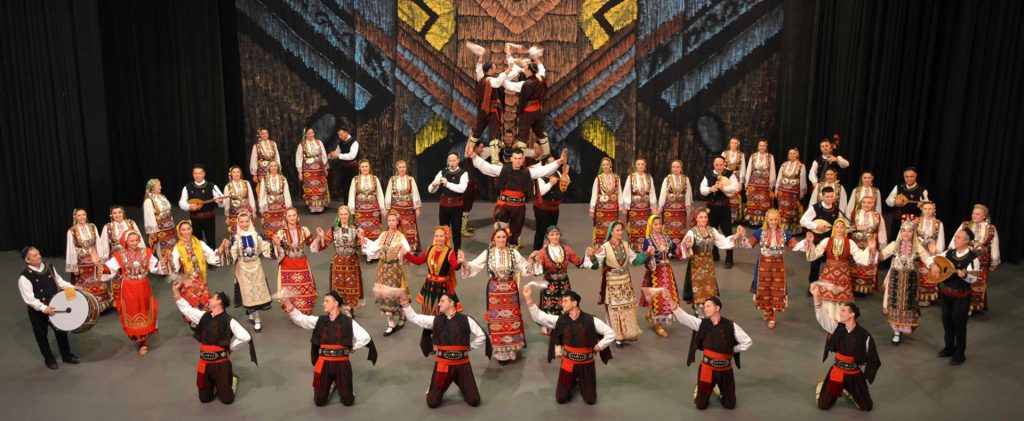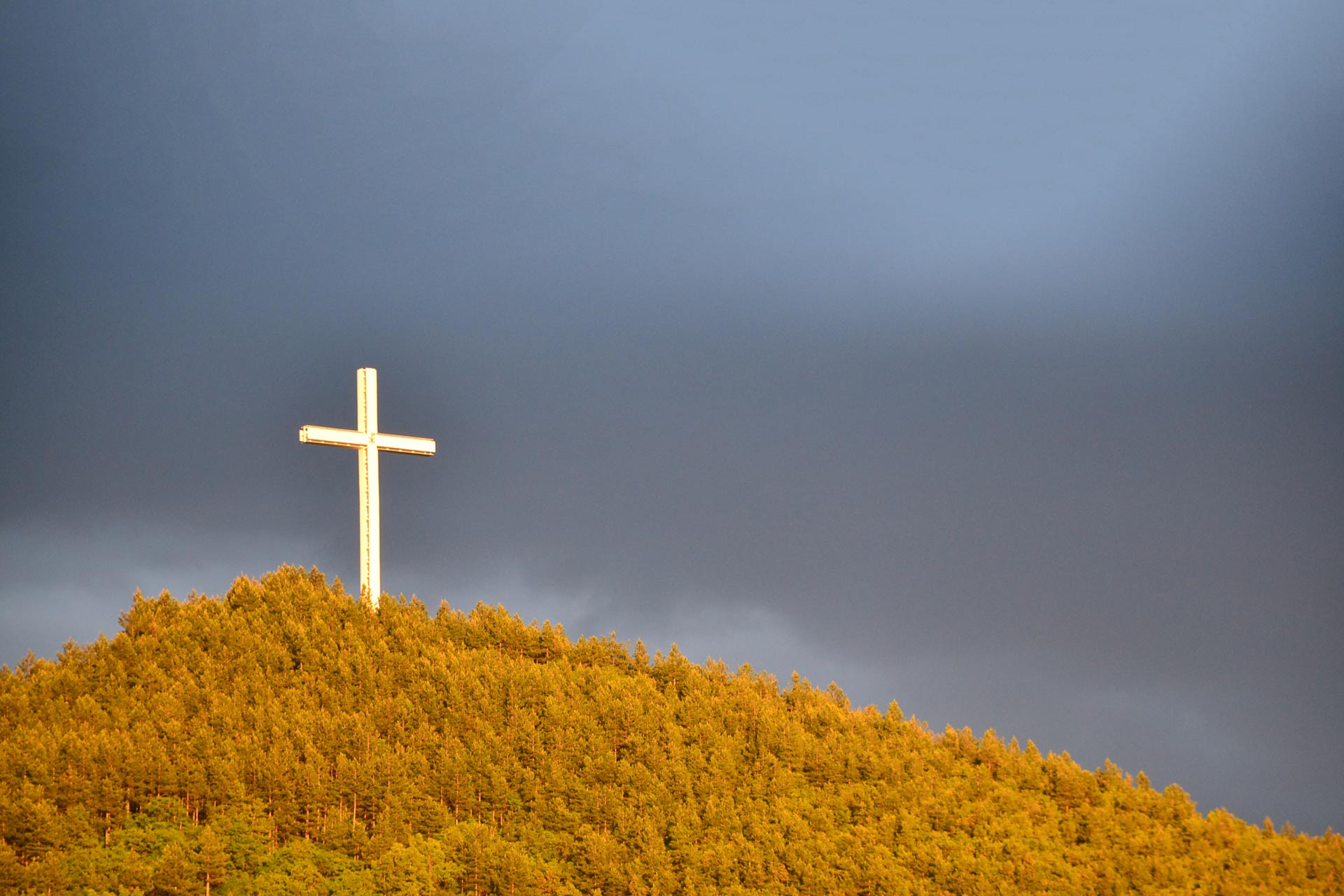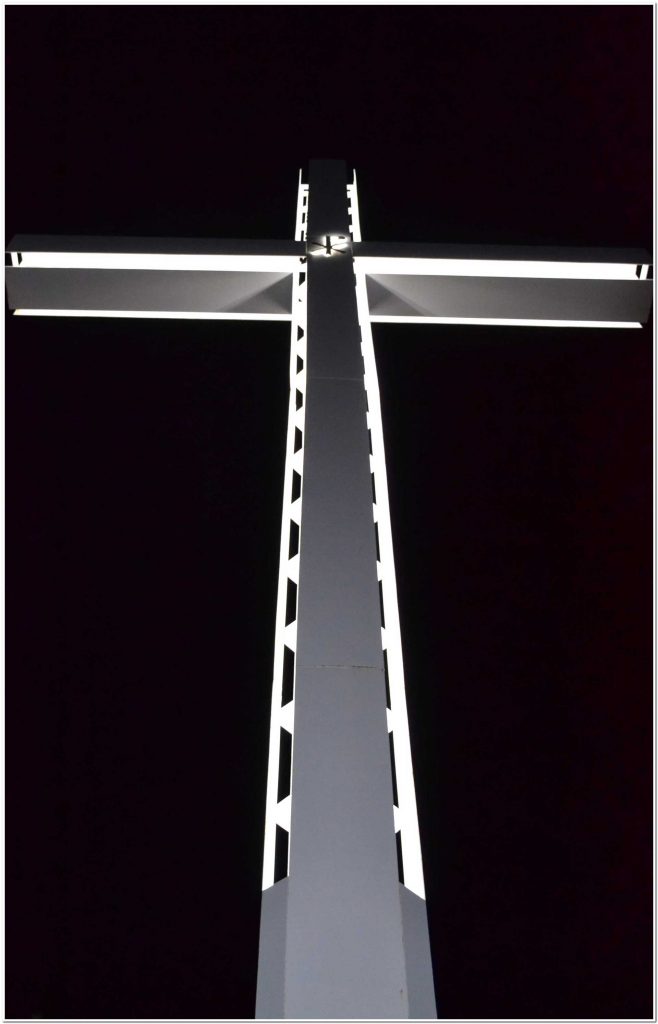INFORMATIVE SIGN FOR THE WALKING PATHS IN THE ARCHAEOLOGICAL SITE OF THE ANCIENT CITY OF AMPHIPOLIS
IMAGE PRESENTING THE ROUTES OF THE WALKING PATHS (WITH RED LINES) IN THE CENTRAL PART OF THE ARCHAEOLOGICAL SITE
A SECTION OF THE WALKING PATHS UNDER CONSTRUCTION AT THE SOUTH PART OF THE ACROPOLIS OF ANCIENT AMPHIPOLIS
AERIAL PHOTO OF THE CENTRAL PART OF THE ARCHAEOLOGICAL SITE IN WHICH THE NEWLY CONSTRUCTED WALKING PATHS ARE SHOWN
REST STATION FOR THE VISITORS IN THE ACROPOLIS OF ANCIENT AMPHIPOLIS
AMFIPOLI AQUEDUCT
AMFIPOLI ROMAN HOUSE
AMFIPOLI TOWER
AMFIPOLI NORTH WALL
AMFIPOLI MUSEUM
AMFIPOLI MACEDONIAN TOMB
AMFIPOLI LION
AMFIPOLI KASTA
AMFIPOLI GYMNASIUM
AMFIPOLI GREEK HOUSE
AMFIPOLI CHRISTIAN
AMFIPOLI BRIDGE
AMFIPOLI BRASIDAS
AMFIPOLI AREA
Tsarev peak and the ancient rock arch “Markov stone”
Tsarev peak massive megalithic sanctuary. It is part of a vast ancient Thracian sacred territory situated along the ridge of the Rila Mountain (2000 to 2200 m of altitude) between Markov peak and western foot of Tsarev peak with a total length of around 5 km. Tsarev Peak is the place where, according to folk legends Bulgarian Tsar Peter I, talked and counseled St. Ivan Rilski. According to scientists cult megalith complex in Tsarev Peak is the great pagan precursor of the Rila Monastery, situated a few kilometers to the east.
LATE ANTIQUITY BUILDING – VILLAGE DRENKOVO
Late Antiquity building is located in the village of Drenkovo, 16 km from Blagoevgrad.
Drenkovo is a scattered settlement; its neighborhoods are situated among the folds of the northern hills of Vlahina Mountain.
Today’s area of Drenkovo has been inhabited since ancient times. Evidence of this is the prehistoric settlement located in the fields “Garleshkite nivi” (1 km south of the village). Based on the tools of stone and flint found there, it was dated to the Neolithic (late VII-VI millennium BC). In late antiquity (IV-VI c. AD) along the river Drenkovska passed one of the roads connecting the valley of the Struma valley of the Vardar. Perhaps this road was an important road artery linking the villages from the Struma valley with the large administrative center of Pautalia (today’s Kyustendil). Confirmation that gives the square building with semicircular defensive towers at each corner, located south of Drenkovo. The defense facility was connected to the road guard. Archaeological studies have found that it was used even in the Middle Ages (IX-X century). Today the building is almost entirely restored and has become a sight of cultural and historical tourism. In the area of Drenkovo there are also remains of a settlement, dating back to the late antiquity.
The Church ”Vavedenie Bogorodichno, The Presentation of Blessed Virgin Mary”
The Church ”Vavedenie Bogorodichno, The Presentation of Blessed Virgin Mary” is situated in the heart of the Renaissance architectural complex “Varosha”. For the construction of this temple, inhabitants of Gorna Dzhumaya (today Blagoevgrad ) received permission from the Ottoman Empire in 1838. The residents of the neighborhood with theirs own funds and labor built for four years the church which became the most visited in the region. In 1844 the church was consecrated. During the Renaissance in the churchyard was built a school.
Nowadays, the church is a National monument. One of the most interesting compositions in the church is „Wheel of life“, located in the Open gallery.
The architectural Renaissance complex “Varosha” in Blagoevgrad:
One of the most interesting and significant places to be seen in Blagoevgrad is the old quarter of the town, named “Varosha”, situated on the left bank of the river Bistrica and on the foot of Rila Mountain.
Varosha is the only one Bulgarian neighborhood among all 5 in the city in the first half of the 18th century.
During the Renaissance, Varosha hosts teachers and cultural activists from the region, who are actively involved in the revolutionary struggles of the Bulgarians. In the 80s of the 20th century Municipality of Blagoevgrad reconstructed and renovated the quarter because the houses were almost destroyed. Nowadays, Varosha is not only a place for sighteeing and walks, but also there you can find galleries, workshops, art centers, opened for visitors.
The narrow cobbled streets, the fully renovated houses with small yards, make this place favorite area for the people of Blagoevgrad and its guests.
The Municipality takes сare of Varosha іn order to рreѕerve and promote its authentісіtу and unique look.
The Regional Historical Museum – Blagoevgrad
The Regional Historical Museum – Blagoevgrad was founded in 1952 and it owns a modern building where a highly professional exhibition is unfolded by halls: archeology, nature, Bulgarian lands XVth – to the beginning of XXth century, ethnography. The Museum store over 160 thousand exhibits. A special attention deserve the unique one collection of cult figures originating in the prehistoric age; some materials from the age of Thracians – armament of Thracian worrier, images of gladiators’ scenes over marble plates and clay lamps, clay masks, medical instruments, monetary find of Thracian tribe from the end of the Vth-IVth century before Christ; a collection of cult tombstones plates and vessels, early Bulgarian ornaments and art ceramics from Melnik; Renaissance literature; unique ethnographic collections of tissues, costumes, ceramics, metal and wood from the end of the XIXth and the beginning of XXth century, valuable documentary materials, among which 24 letters of Goce Delchev and personal belongings of the actors of our national liberation movement.
The Regional Historical Museum – Blagoevgrad has a rich collection of endemic plants, vertebrates and invertebrates, rocks and minerals. In order to promote the natural wealth of Pirin region in 1999 in the Regional historical museum – Blagoevgrad a Center for Nature protection of National park “Pirin” is founded.
Conditions for a specialized work with students offers an authentic class room from the Age of Renaissance. The Museum has a convenient multifunctional conference hall, equipped with modern technological devices.
Since 2011 the building of the Regional historical museum – Blagoevgrad is adapted to the needs of people with disabilities of the locomotor system.
Part of the Regional historical museum – Blagoevgrad is the House-museum “Birthplace of Gueorgui Izmirliev – the Macedonian” in the neighborhood Varosha, which courtyard in summer houses the open-air gallery of Blagoevgrad’s artists’ works.
Ensemble “Pirin” (tradionnal folk dances and songs) – world famous.

Ensemble “PIRIN” is one of the most famous Bulgarian folk ensembles and ambassadors of the Bulgarian folk art world. Created in 1954 with the purpose of searching and creative recreation of the Bulgarian folklore, the creation of the stage the beauty of authentic folklore models and the creation of works of folklore with the participation of contemporary artists – composers, musicians, choreographers, artists, poets.
The appearance of Pirin Ensemble inspires everyone touched to his art, that folklore is the invaluable spiritual creation of a nation, that lives and organically penetrates into the present day. For 60 years of its existence Pirin Ensemble has exported over 7000 concerts in front of more than 6 million viewers and listeners in our country and in 60 countries all over the world.
Everyone who has watched the productions and listened to the songs of the Pirin Ensemble has the desire to return to them again, because he touches the heights of the national Bulgarian spirit. This is one of the reasons why the ensemble has received many world awards such as: The Golden Plate of Neshill 1982; the Grammy Award in 1990 for Marcel Sellier’s second album, “The Mystery of Bulgarian Voices”.
He participated at the Café International Festivals 1965 in Tirana 2003, at the International Folklore Festivals in Italy, Slovenia, Bulgaria Days in Brussels Belgium, “Balkan Square” Greece, France, Algeria, Republic of Korea.
Winner of many awards in Bulgaria and abroad.
The festival of the Mummers’ games “Surva”:
More than 1,200 mummers annually chase evil forces in Blagoevgrad. At the beginning of each new year, the city was thrilled by the tones of dozens of channels and defiling groups dressed in various costumes. Awards are given to all participants in the festival. They are in different categories, some of which are the most artistic group, the most authentic costume group, a group that kept the old Bulgarian traditions and others. Every year, the festival becomes even more successful, costumes more attractive, and participants more ambitious and original. The guests and the residents of Blagoevgrad, despite the low temperatures during the festival, end up rejoicing and help the Blagoevgrad tradition to grow and become even more attractive.
Blagoevgrad Clock Tower
Blagoevgrad Clock Tower is one of the oldest clock towers in Bulgaria. It is a Renaissance building and is one of the symbols of Blagoevgrad. It was built in 1867 by masters from Maleshevo. The tower has a unique Swiss clock mechanism, also made in the nineteenth century. It represents a quadrangular, rugged pyramid with a copper-lined roof. The main part of the building is stone masonry, but the dials are installed on wooden construction. In 2009 the Municipality of Blagoevgrad made a complete repair of the tower installing a lighting of the dial, the bell tower and the walls of the tower.
The complex “Memory and Faith”



The residents and guests of Blagoevgrad can now walk on the eco-path “The Cross”, which connects the Hunting House with the Christian complex “Memory and Faith” over the district town. The eco-path is named after the symbol of the Christian faith – the “Cross”. Its length is 1320 m. There are signposts on the two starting points – “Loven Dom” park and “Zayova poliana” area. The path crosses a belt of greenery and woodland. Green eagles will show the direction of movement. In order for people to relax and enjoy the beautiful scenery, benches are placed in several places. In the area of the Christian Cross with a height of 33 meters, built at the highest elevation, there are additional places for rest and the chapel “Holy Spirit”. From here a panoramic view on the whole city is opened. The eco-path connects the Christian complex “Memory and Faith” with the Hunting Home Park, and from there – with the Youth Home and the center of Blagoevgrad.
There are alternative ways to come down back to the center of Blagoevgrad by a number of eco-trails. The options are steep, both for pedestrian and cyclists.
The complex “Memory and Faith” is accessible by bicycle and by car from Blagoevgrad on the way to the village of Delvino.